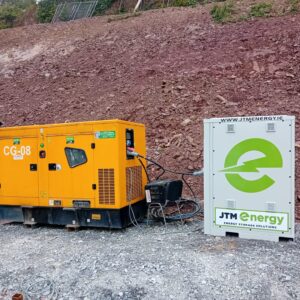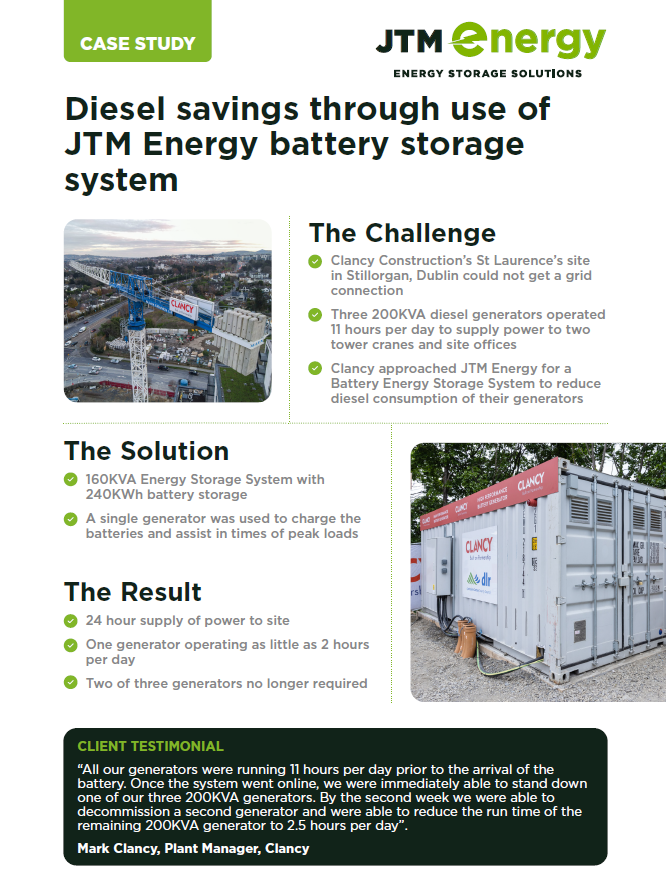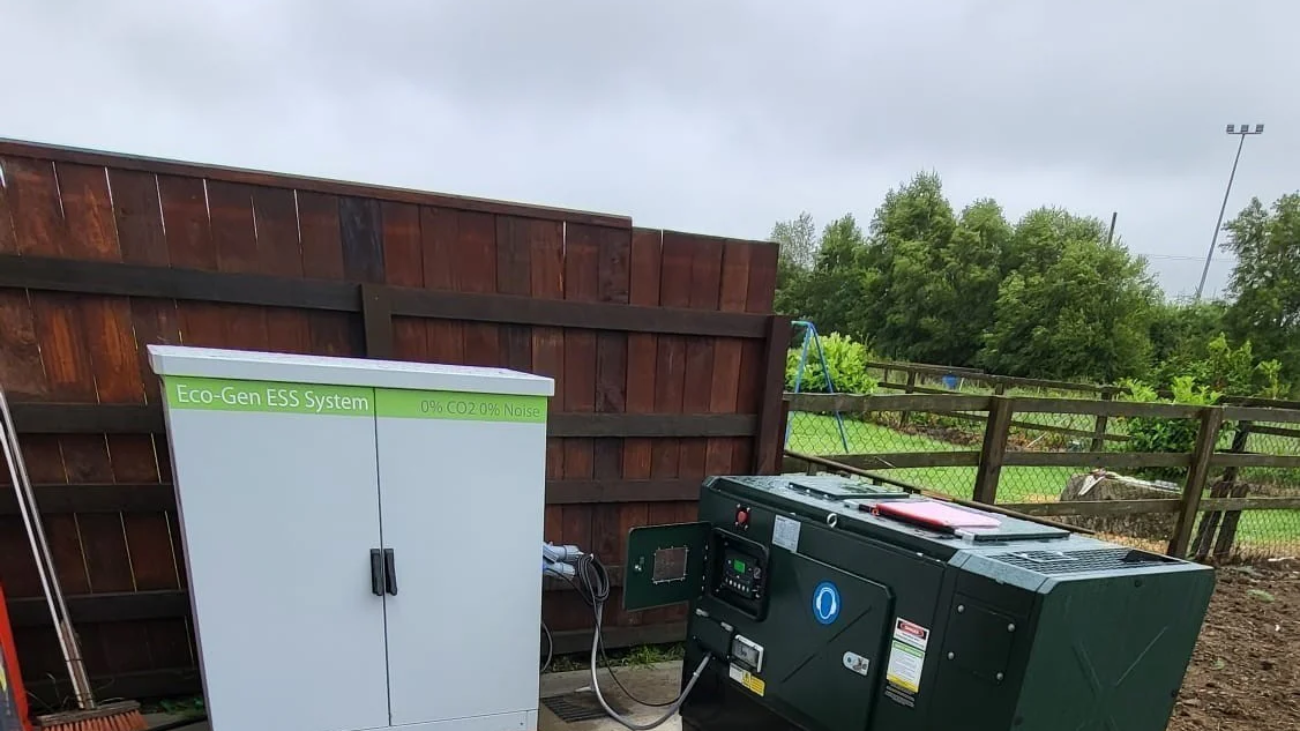Roots Food Truck
A food van parked at the entrance to Monkstown Train & Dart station specialising in Coffees and healthy food options for commuters.
To operate the truck, they needed a generator for power connected into the truck which wasn’t very inspiring for their visual appearance to their customers couple this with the diesel fumes and noise created from the generator.
Plus, adding to this was the problem of not being able to leave the generator on site overnight so the generator had to be removed every evening and brought back in the morning which also meant that no food could be left inside the fridges or coolers overnight.
So, a lot of problems need to be solved this is where JTM Power comes in
In consultation with the owner Dave, we came up with a hybrid solution of battery and a generator which would power the truck 24/7 without having the need for the generator running while the truck was open and serving customers.
Once installed JTM Power were able to fine tune the system so the generator only ran for very heavy loads and when required for charging of the batteries and charging was all done before the truck opened for business each morning.
JTM bespoke start /stop technology and remote monitoring meant JTM engineers were able to monitor the system daily and adjust if necessary.
A good result: less fuel being burned and less polluting the dart station and no noisy generators.
System runs automatically just as if it was a mains grid connection.







